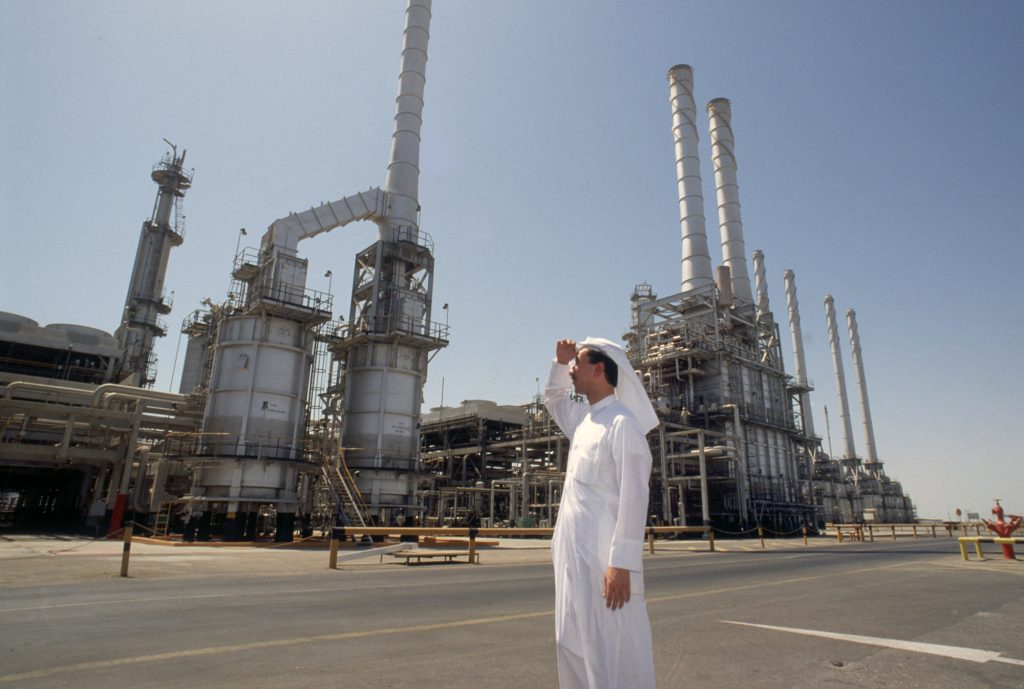A major turning point in the history of Saudi Arabia occurred with the 1930s oil discovery beneath the plains of Dhahran in the eastern province. Through its oil wealth, Saudi Arabia quickly rose from humble beginnings as a nation of bedouins steeped in religious traditions to become a major force in the world. However, the nation’s overdependence on oil has brought about a crucial turning point because the modern era demands a fundamental change. Here comes Vision 2030, a comprehensive strategy to diversify and secure the Saudi economy for the future.
The challenges facing Saudi Arabia are manifold. A worldwide climate crisis is steering the world away from fossil fuels, the population is burgeoning with young aspirants seeking opportunities, and a forward-thinking crown prince is ready to shape a nation in his image. These factors have converged to forge a singular mission: securing the kingdom’s prosperity. Vision 2030, the brainchild of Crown Prince Mohammed bin Salman, outlines an ambitious threefold objective: liberating the economy from oil dependence, enhancing the lives of nearly 40 million citizens, and maintaining global prominence.
This endeavor is far more than mere economic diversification – it’s a societal transformation geared towards an agile economy capable of navigating modern challenges. The plan has now reached its midpoint, leaving the kingdom with a mere seven years to accomplish its goals. To this end, Saudi Arabia is pushing forward with vigor, recognizing the urgency to adapt or risk being left behind.
Central to Vision 2030 are the “gigaprojects,” of which Neom stands out. Neom, a $1 trillion megacity in Saudi’s northwest, epitomizes the plan’s essence – a post-oil future, livable spaces, and a futuristic model for others. This city will run on 100% renewable energy, offering services within a five-minute walk for millions.
Neom, however, is not where the transition ends. There will be jobs available for Saudi citizens in more than 20 projects, including the Red Sea vacation spot and Qiddiya, a center for the arts and entertainment. As the capacity of the public sector declines, it is essential that the private sector participate both locally and globally to create employment possibilities.
These initiatives are mostly funded by Saudi Arabia’s sovereign wealth fund, the Public Investment Fund. The fund seeks to support economic expansion while luring top international figures to the kingdom through investments in technology, sports, and entertainment.
However, the path ahead is fraught with challenges. While Saudi Arabia has shown progress, including becoming the fastest-growing G20 economy and exceeding female workforce participation targets, success is not guaranteed. Young urban Saudis seem more enthusiastic about the vision than those in the hinterland. Moreover, balancing modernization with the preservation of Islamic traditions poses another hurdle.
Saudi Arabia’s shift also prompts scrutiny from the international community regarding human rights and its appeal to Western investment. Yet, the grandeur and scale of Vision 2030 could bolster Saudi Arabia’s allure and secure its position on the world stage.
Ultimately, the fate of Saudi Arabia’s future-proofing efforts rests on Crown Prince Mohammed’s shoulders. Confidence in the plan’s success is high, reflecting the nation’s determination to evolve and thrive beyond its oil-based past. As the sands of time continue to shift, Saudi Arabia’s journey to secure its future remains a captivating global spectacle.

